Pedestrian gate electric lock with remote control
They are often used in conjunction with gate openers to provide automated locking and unlocking of the man gate.
-
Security:
Electric locks provide a higher level of security compared to traditional mechanical latches, making it harder for unauthorized individuals to force their way through the gate.
-
Access Control:
They can be integrated with access control systems like keypads, card readers, or remote controls, allowing for controlled entry and exit.
-
Convenience:
Electric locks, especially when paired with gate openers, offer the convenience of automatic locking and unlocking, eliminating the need for manual operation.
-
Solenoid Locks:
These use an electromagnet to extend or retract a bolt that secures the gate. They are often fail-secure, meaning they remain locked in case of power failure.
-
Magnetic Locks:
These rely on a strong magnetic force to hold a metal plate attached to the gate, providing a secure hold. They are typically fail-safe, meaning they unlock when power is lost.
-
Electric Strikes:
These replace the traditional strike plate on the gate frame and are activated by a solenoid to release the latch.
-
Holding Force:
Measured in pounds (lbs), it indicates the strength of the lock in resisting attempts to open the pedestrian gate.
-
Fail-Safe/Fail-Secure:
This refers to the lock’s behavior during a power outage. Fail-safe locks unlock, while fail-secure locks remain locked.
-
Voltage:
Pedestrian gate electric locks typically operate on 12V or 24V DC power.
-
Integration:
Compatibility with various access control systems and gate openers is crucial for seamless operation.
- Residential Driveway Gates: Enhancing security and convenience for homeowners.
- Commercial Properties: Securing perimeters and controlling access to buildings.
- High-Wind Areas: Providing reliable locking even in strong winds.
- Animal Enclosures: Keeping animals safely contained within a fenced area.


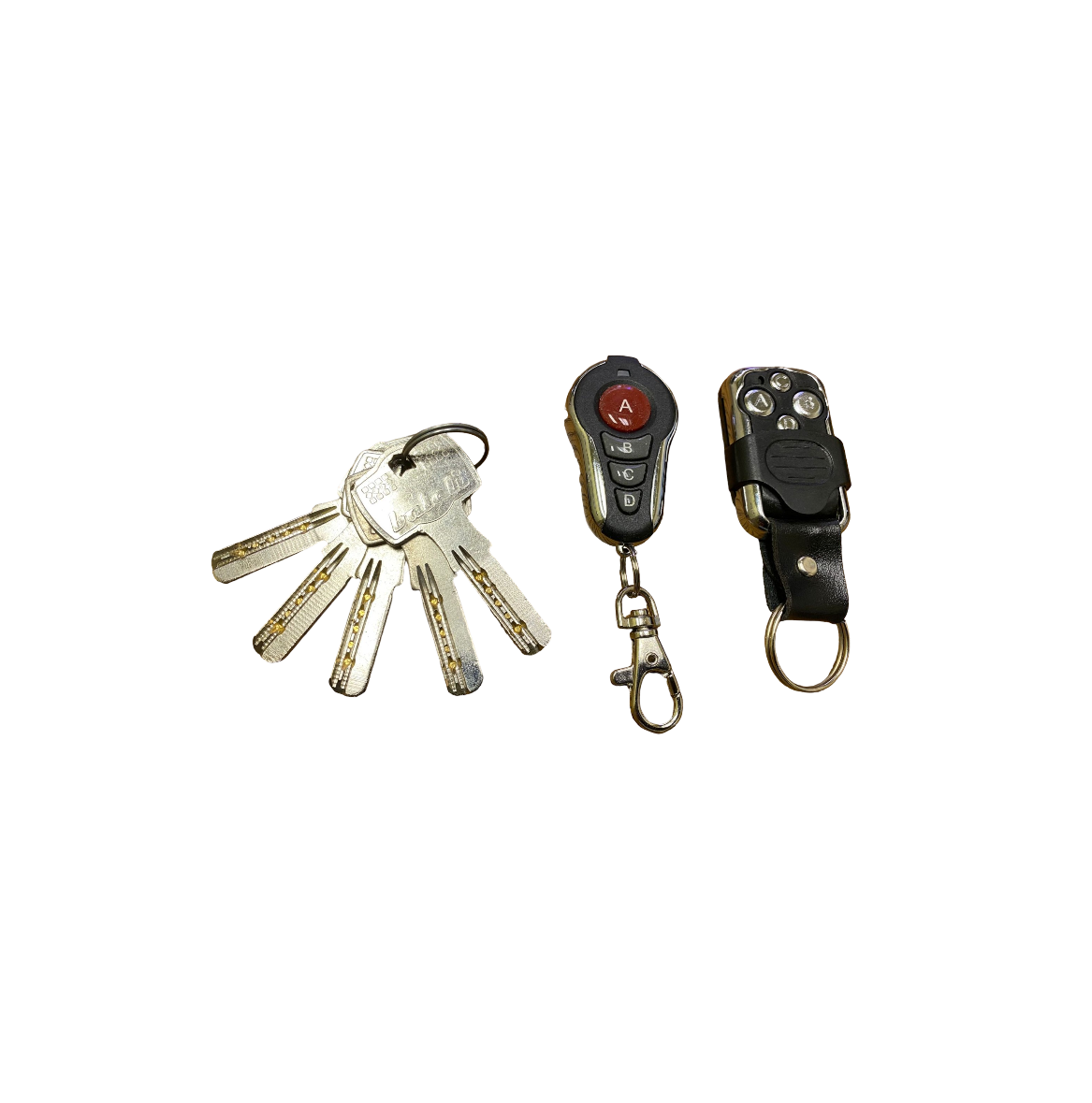
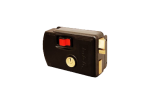
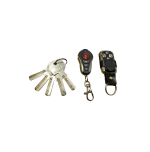
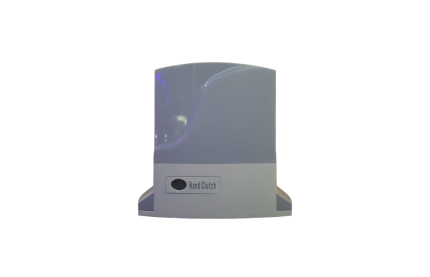
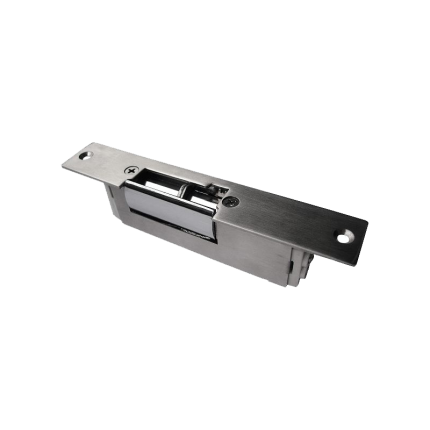

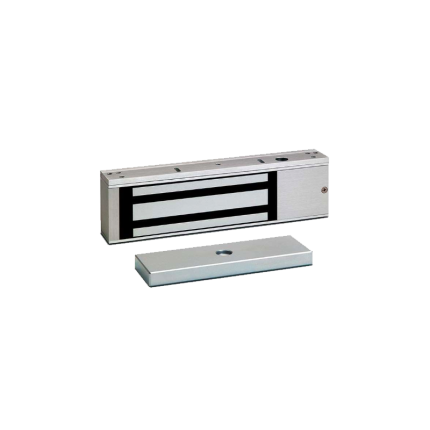
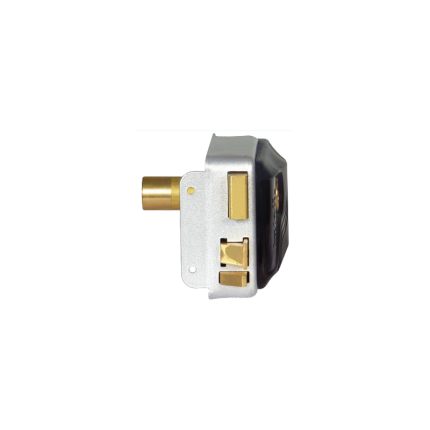
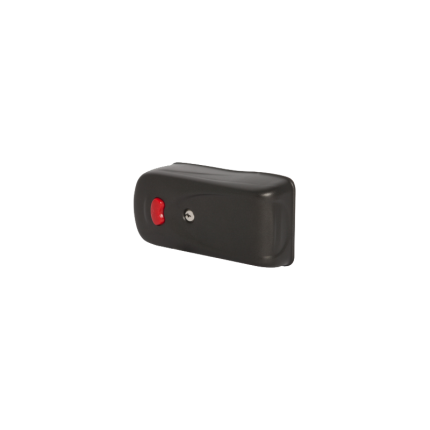
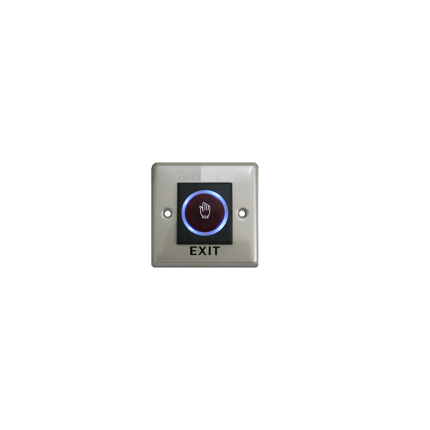
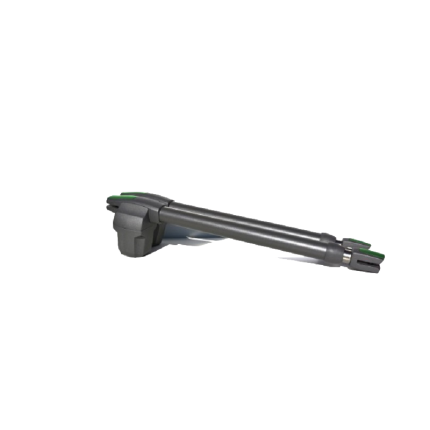
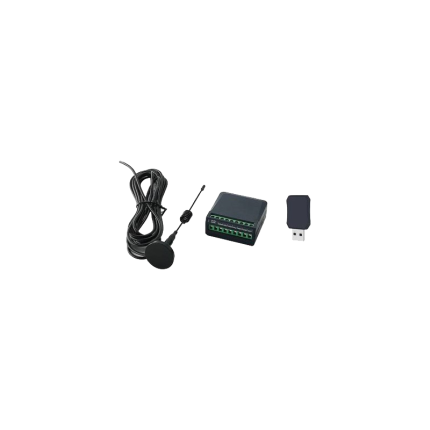
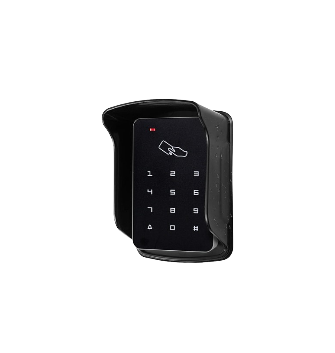

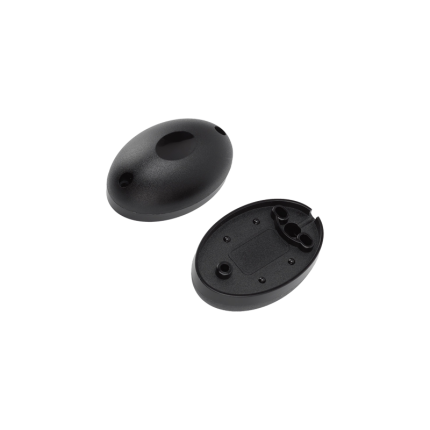
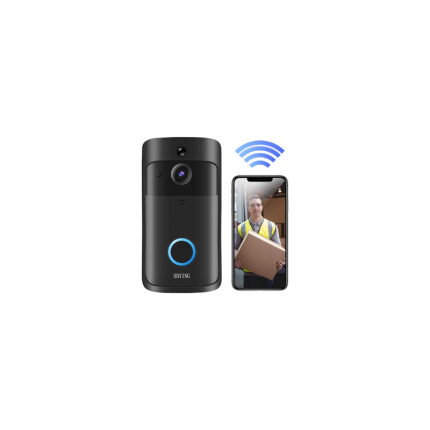
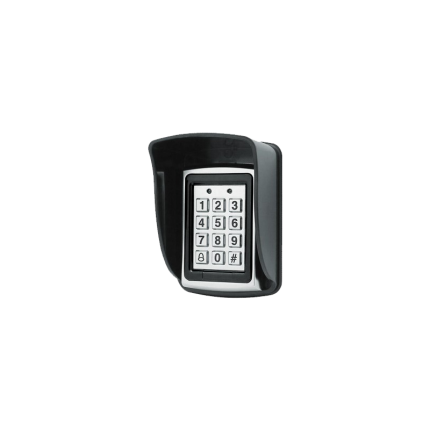









Reviews
There are no reviews yet.